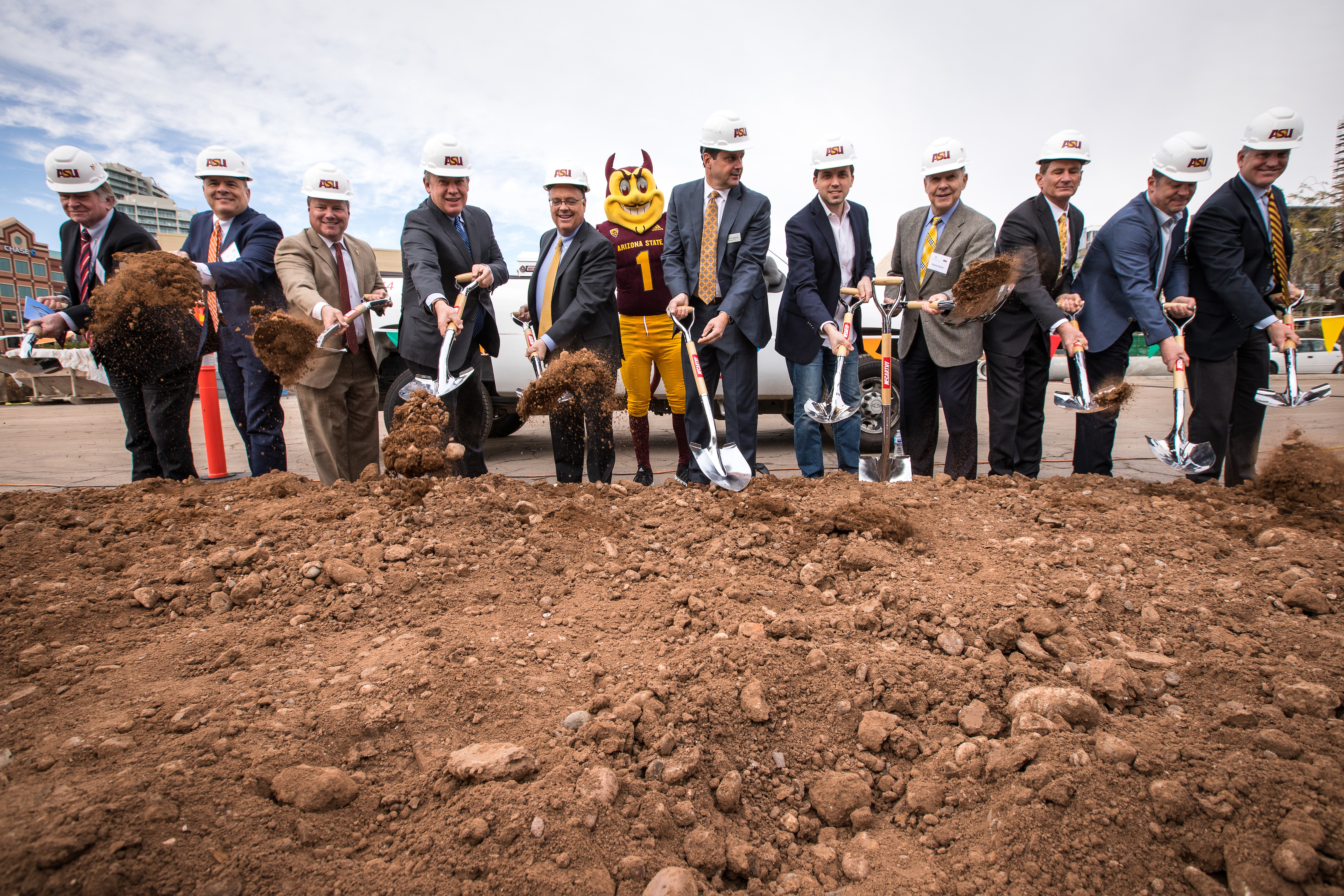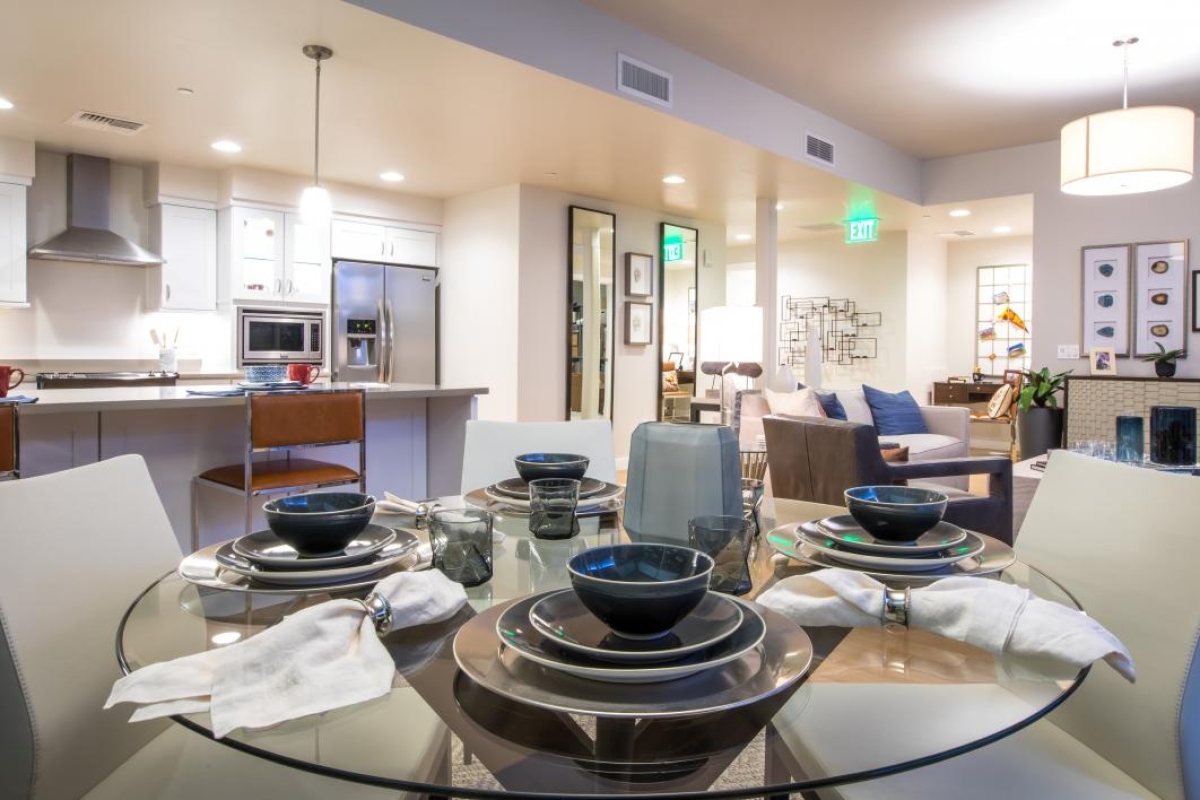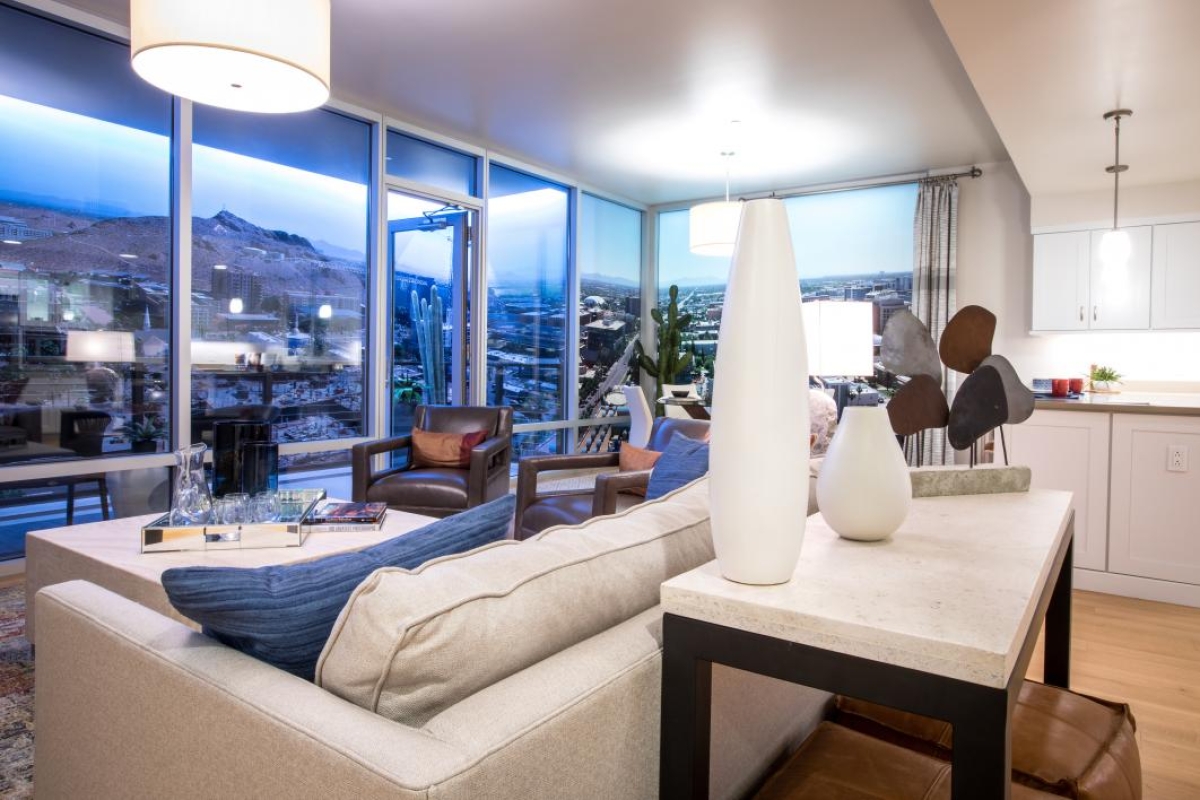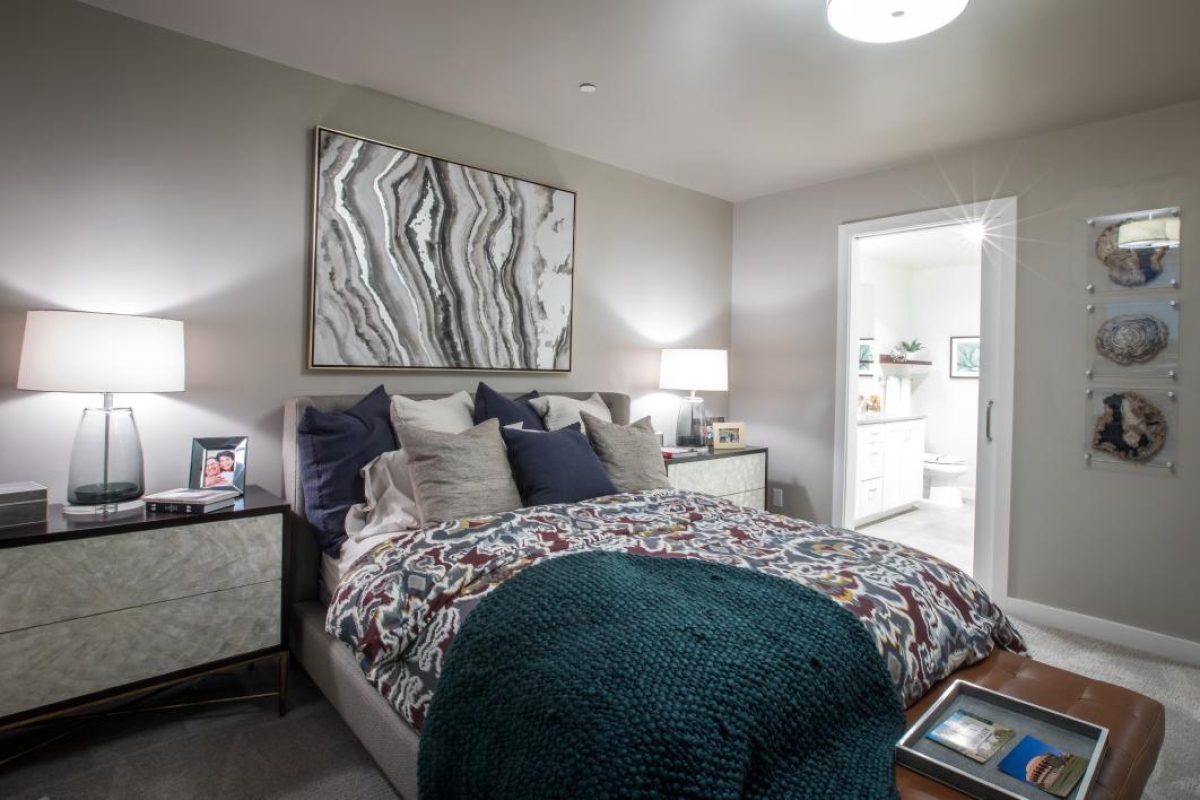ASU breaks ground on Mirabella project

Editor's note: This story is being highlighted in ASU Now's year in review. Read more top stories from 2018 here.
Arizona State University broke ground Wednesday on a complex that will advance a new concept in intergenerational living and lifelong learning.
Mirabella at ASU is a 20-story senior living facility at Mill Avenue and University Drive on the university’s Tempe campus. The building, scheduled to be completed in 2020, will include 252 independent-living apartments and 52 health-care units, as well as an indoor pool, theater, art museum, spa, dog park and four restaurants.
The project will link the university community to the residents, who will be able to take classes, have access to the library and be near cultural and sports events.
ASU President Michael Crow called it “the world’s coolest dorm” at the groundbreaking ceremony and said: “There’s no reason everyone can’t be a college student and engaged in what this community has to offer for the entirety of their lives.”
A dozen dignitaries and Sparky toss a shovel-load of dirt at the ceremonial groundbreaking for the new Mirabella at ASU senior living facility on the Tempe campus Wednesday. Photo by Charlie Leight/ASU Now
Lifelong learning in urban, upscale setting
Crow said that ASU is reconceptualizing lifelong learning.
“How do we create this exchange? We’re excited that we’ll have on our campus several hundred new learners, new teachers and new experts.
“I’m 62 years old, and in my 61st year, I learned more than in any other year of my life. If I don’t learn more in my 65th year, I’ll be sadly disappointed.”
No state funding is being used in the high-rise, which will be developed by private, nonprofit developers University Realty and Pacific Retirement Services on land owned and leased by ASU. The Arizona Board of Regents approved the development in 2016.
The project is next to the closed Chili’s restaurant, which eventually will be torn down and become the site of a hotel.
Features of Mirabella at ASU include:
• More than 50 floor plans, some of which are spacious enough to accommodate a baby grand piano. Apartments vary from about 900 square feet to 2,700 square feet, with one or two bedrooms. Each has a balcony and a contemporary kitchen with quartz countertops.
• Concrete and steel construction with double walls between the apartments and acoustical matting under the floors to minimize sound transfer.
• Floor-to-ceiling windows that look out onto Camelback Mountain and Tempe Town Lake on the north side and the Superstition Mountains on the southeast.
• Environmentally friendly details, such as electric vehicle-charging stations, water-saving fixtures, photovoltaic panels and 50 percent construction waste reduction.
So far, more than 180 of the 252 apartment units have been sold, according to Paul Riepma, senior vice president of sales and marketing for Pacific Retirement Services, the Oregon-based company leading the development.
The project works like this: Residents pay a “buy-in” fee, ranging from $378,500 for a one-bedroom unit to $810,200 for a two-bedroom penthouse. When they die, 85 percent of that fee is refunded to their heirs. In addition, residents pay a monthly fee, ranging from $4,195 for a single person in a one-bedroom unit to $5,570 for a couple in a penthouse suite. That fee covers dining, housekeeping, utilities, shuttle service, activities and other amenities.
A few units are set aside for people who want to skip the refund plan, and those apartments range from about $297,500 to $499,000, with lower monthly fees.
Riepma said the concept of an urban, high-rise “home with a view” is still new in the Phoenix area.
“Everybody in the Valley lives horizontally, and we all drive everywhere,” he said. “In other major cities, there is a migration to where people want to live vertically, have a view and want to walk out their front door and go places and not sit in traffic.”
People who commit to Mirabella at ASU are able to stay there for the rest of their lives.
“The piece that is critical to people making this decision is that every one of them would say, ‘I’m a planner. If the good health I enjoy today changes, everything I will need the rest of my life is in my building.’"
The 52 health-care units include three tiers of assistance: assisted-living apartments, skilled-nursing suites and a secured memory-care section.
While Mirabella would appeal to alumni and retired faculty and staff, many of the “founding members” who have already bought in don’t have a connection to ASU, Riepma said.
“But they like the idea of being on campus and having an ID card that will come with privileges, where you can audit classes and have opportunities to pursue arts and culture,” he said. “I call it the anti-retirement community. It’s a lifelong-learning community.”
Many inaugural residents joined ASU, Tempe and Pacific Retirement Services dignitaries at the ceremonial groundbreaking for the new Mirabella at ASU on the Tempe campus Wednesday. Photo by Charlie Leight/ASU Now
A boon for ASU programs and curricula
The facility will enhance ASU’s academic programs by creating opportunities to extend coursework and research in art therapy, Alzheimer’s treatment, nursing and online education.
David Coon is a professor and associate dean of research initiatives, support and engagement in the College of Nursing and Health Innovation at ASU. He designs interventions that focus on culturally diverse groups of midlife and older adults facing chronic illnesses, such as dementia, and shared his expertise with the planners of Mirabella.
“When you see a dynamic kind of enterprise like Mirabella emerge on the scene, with an environment that’s rich in the arts, social engagement, athletics, research opportunities, all of these different kinds of things, that definitely bodes well for ongoing healthy brain activity,” he said.
With the continuum of care in the building, residents and their families will have experts on site to discuss any questions about memory issues, he said.
“A community like Mirabella is going to encourage residents regardless of their cognitive capacity to stay engaged to the level of their abilities and to create new levels of engagement for folks who are starting to have memory problems. They will maintain their dignity and freedom in a safe space,” he said, noting that Tempe is part of Dementia Friendly America, offering information and support to families.
The Herberger Institute for Design and the Arts expects to have a close relationship to the residents, who will be near the ASU Art Museum, ASU Gammage and more than 1,000 cultural events per year, according to Steven Tepper, dean of the college.
“Mirabella residents will be regular audience members for our performances and exhibitions, helping to support a thriving arts scene and the next generation of artists and designers,” he said.
Students and faculty will be able to teach residents in a variety of creative disciplines — from dance to painting — as well as music therapy programs, movement workshops and art exhibitions in the facility, he said.
“Ultimately, I hope Mirabella residents will become patrons of our remarkable students — inspired by their work to invest and collect,” Tepper said.
Mary Patino has owned 16 homes in 11 states around the country, but she and her husband, David, are looking forward to settling at Mirabella at ASU. They are among the founding members who will move into the complex when it’s completed in 2020.
“We wanted a place that was full of energy and social interaction and opportunities to participate in the arts and classes,” she said. “We want to be productive and engaged.”
Patino, a retired professor and school administrator who lives in north Scottsdale, is eager to be in an academic setting.
“I’m looking forward to taking classes with an intergenerational group. I want those conversations between the generations,” she said. “I love to hear what young people have to say.”
She believes that Mirabella at ASU can be a model for other retirees and universities.
“I think it’s extremely innovative,” she said. “It’s a new concept where people are not herded into separate places because ASU sees that they can be part of a college community.”
For details on Mirabella at ASU, go here.
Top photo: A model of Mirabella at Arizona State University shows the Myrtle Avenue side, featuring views of the 20- and 13-story towers of the new life-plan community. Photo by Charlie Leight/ASU Now






